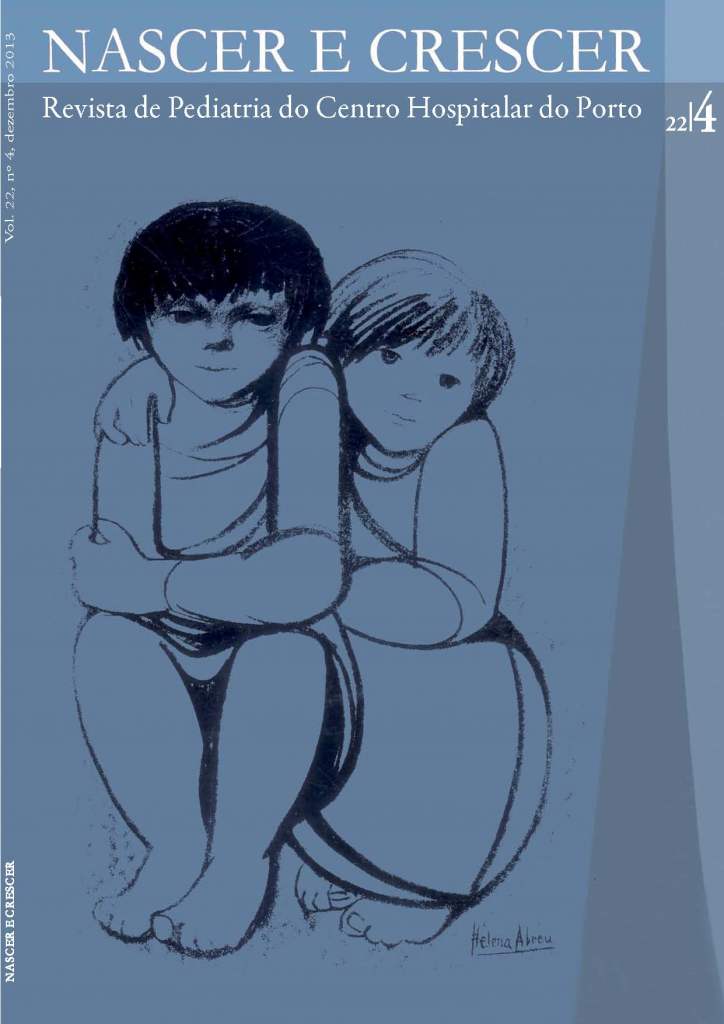Dermatology Case
DOI:
https://doi.org/10.25753/BirthGrowthMJ.v22.i4.9911Keywords:
Dermatophyte hypersensitivity reaction, Kerion Celsi, tinea capitisAbstract
Kerion Celsi is an inflammatory presentation of tinea capitis, caused by a hypersensitivity reaction mediated by T lymphocytes of the dermatophyte in hair follicles. The early clinical recognition avoids invasive procedures. Hyperleukocytosis/ leukemoid reactions are hematologic reactional responses that may result. The most frequently involved agents are Trichophyton verrucosum, Trichophyton mentagrophytes, Microsporum canis and Microsporum gypseu. The clinical spectrum is widely variable.
Downloads
References
Proudfoot LE, Morris-Jones R. images in clinical medicine.
Kerion Celsi. N Engl J Med 2012; 366:1142.
Pomeranz AJ, Sabnis SS. Tinea capitis: epidemiology, diag-
nosis and management strategies. Paediatr Drugs 2002;
:779-83.
Patel GA, Schwartz RA. Tinea capitis: still an unsolved pro-
blem?. Mycoses 2011; 54:183-8.
Michaels BD, Del Rosso JQ. Tinea capitis in infants: recogni-
tion, evaluation and management suggestions. J Clin Aesthet
Dermatol 2012; 5:49-59.
Downloads
Published
How to Cite
Issue
Section
License
Copyright and access
This journal offers immediate free access to its content, following the principle that providing free scientific knowledge to the public provides greater global democratization of knowledge.
The works are licensed under a Creative Commons Attribution Non-commercial 4.0 International license.
Nascer e Crescer – Birth and Growth Medical Journal do not charge any submission or processing fee to the articles submitted.


